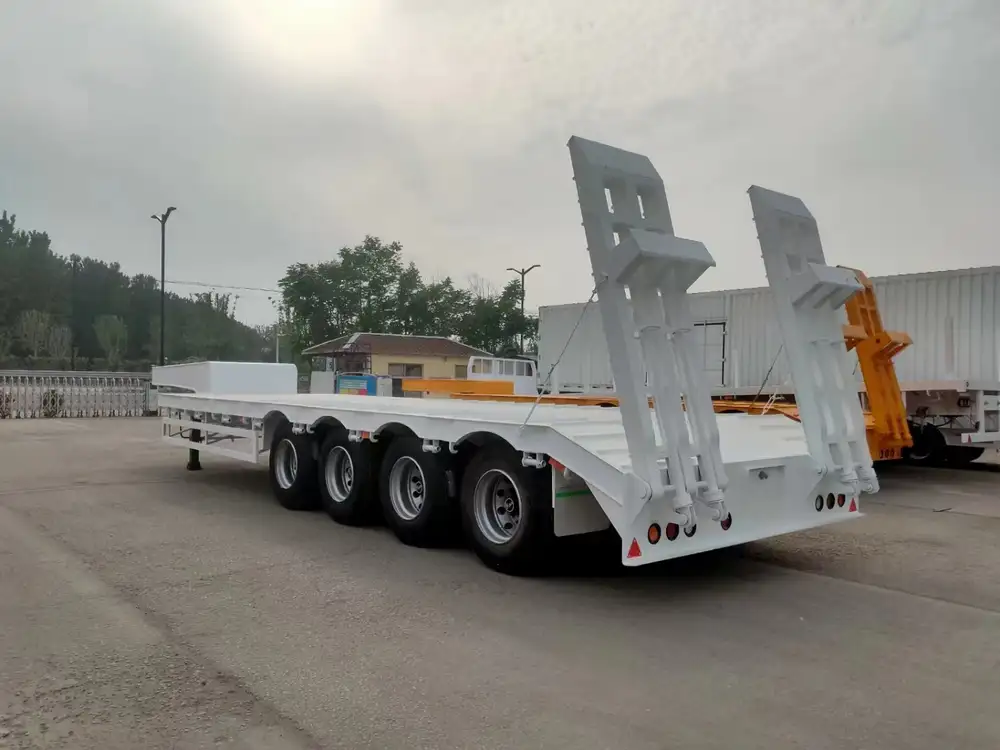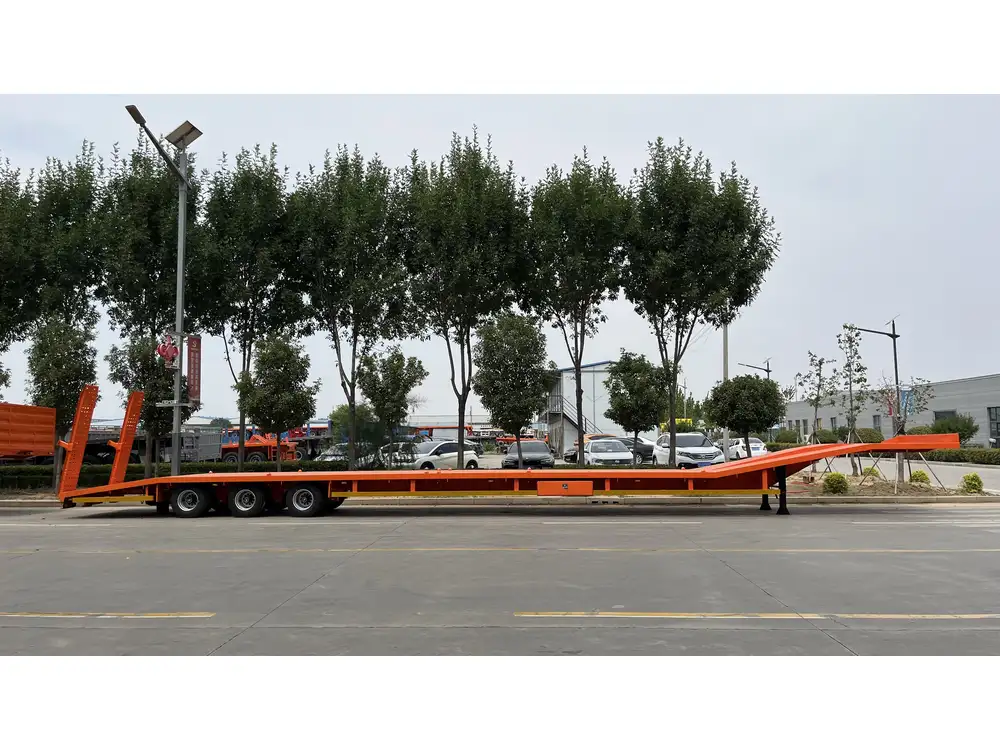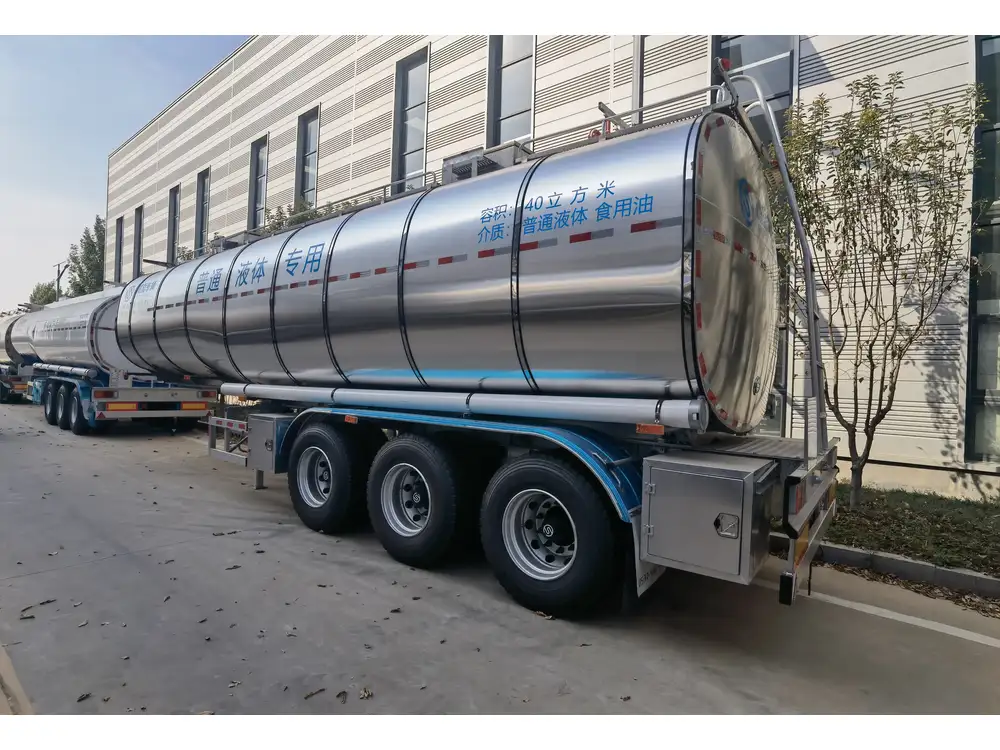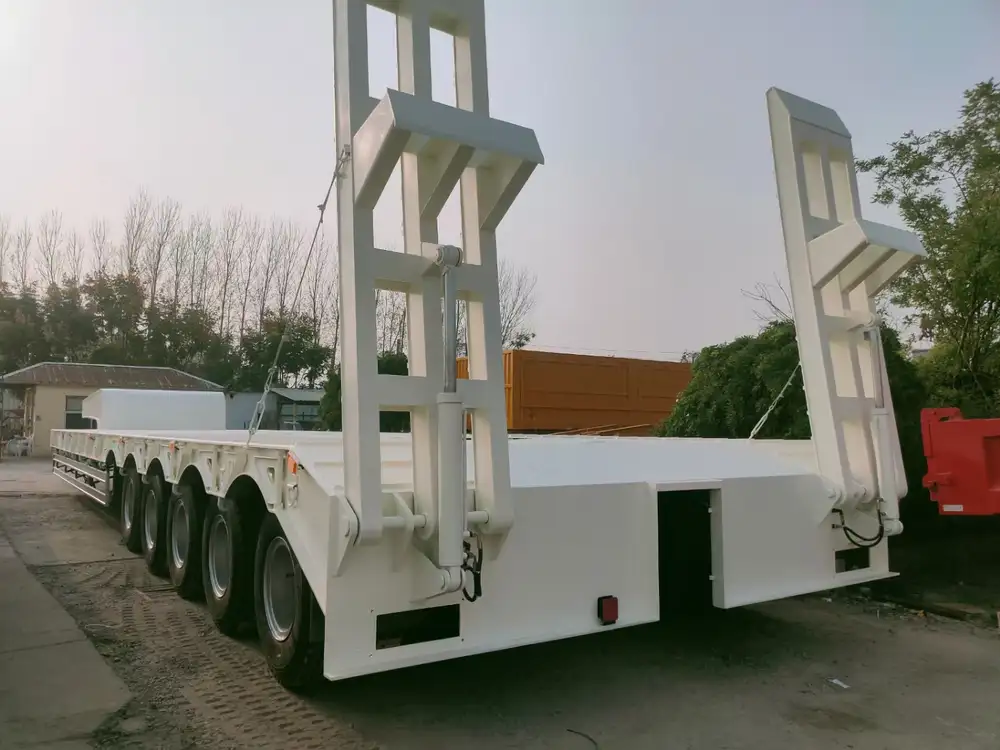Filling a trailer water tank is a critical task that ensures the smooth functioning of your trailer, particularly in agricultural and recreational settings. The proper techniques, equipment, and safety measures are essential to maximize efficiency and prevent costly mishaps. This exhaustive guide delves into the nuances of filling a trailer water tank, focusing on diverse scenarios, optimizations, and practical tips.
Understanding Your Trailer Water Tank
Before diving into the filling process, it’s important to understand the components and layout of your trailer water tank. Most trailer water tanks are constructed from durable materials such as polyethylene or fiberglass, designed to withstand the rigors of transportation and storage.
Key Components of a Trailer Water Tank
- Tank Capacity: Ranges can vary from 50 gallons to over 5,000 gallons, influencing how you fill and leverage the tank.
- Inlet Valve: The opening through which water enters the tank; usually equipped with a cap for sealing.
- Outlet Valve: Located at the bottom, allowing for drainage and water dispensing.
- Overflow Valve: Prevents water spillage by directing excess water away from the tank.
- Level Indicator: Displays the current water level, often through a simple float mechanism or a digital gauge.

Benefits of Understanding Your Tank Layout
- Facilitates accurate filling
- Reduces the risk of overfilling
- Helps identify maintenance needs
Preparing for the Filling Process
Proper preparation is essential for efficient filling. Follow these steps to set the stage for success:
1. Clean the Tank
A clean tank ensures the integrity and quality of the water. Follow these cleaning protocols:
- Empty Residues: Ensure the tank is completely empty.
- Wash: Use a mild detergent and water to scrub the interior surfaces. A long brush may help reach all corners.
- Rinse: Thoroughly rinse with clean water to remove all detergent residue.

2. Check Equipment
Before filling, inspect all relevant equipment:
Essential Equipment Checklist
| Equipment | Purpose |
|---|---|
| Water Hose | Transfers water to the tank |
| Filling Pump | Ensures efficient water transfer, particularly for larger tanks |
| Flow Meter | Measures water volume during filling |
| Safety Gear | Protects against spills and splashes |
3. Identify Water Source
Choose an appropriate water source, crucial for successful filling. Options may include:
- Municipal Supply: Ideal for clean and potable water.
- Well Water: Requires testing for quality, as impurities can affect water safety.
- Surface Water: River or lake water must be treated with caution and should undergo filtration.

Step-by-Step Guide on Filling the Trailer Water Tank
Now that you’re prepared, it’s time to fill the trailer water tank. Follow this systematic process.
Step 1: Connect the Hose
Attach the water hose to the inlet valve of the water tank.
- Ensure a tight connection to prevent leaks.
- For larger trailers, consider using a water pump for quicker filling.
Step 2: Open the valves
Open the inlet valve and any other necessary valves to facilitate the flow of water.
- Always check if the overflow valve is open to prevent damage during overflow.
- If using a pump, turn it on at this time.

Step 3: Monitor the Filling Process
Vigilance is key during the filling process.
- Regularly check the water level through the level indicator to avoid overfilling.
- Use a flow meter to monitor the amount of water being added.
Step 4: Safeguard Against Overfilling
Using an overflow valve or even a simple shut-off system can help manage this risk.
- Keep an eye on water levels near the top of the tank.
- If your tank has a built-in shut-off mechanism, ensure it is functioning correctly.
Step 5: Close Valves
Upon reaching the desired water level, proceed to close the inlet valve and disconnect the hose promptly.
- Allow any residual water to drain back into the tank to maintain cleanliness.
- Check all valves for proper sealing to prevent leaks.

Maintenance and Best Practices After Filling
Post-filling care is just as critical as pre-filling preparation. Adhering to these best practices sustains tank integrity and water quality.
Routine Maintenance Checklist
| Task | Frequency |
|---|---|
| Water Quality Testing | Monthly |
| Tank Cleaning | Every 6 months |
| Valve Inspections | Quarterly |
Importance of Regular Maintenance
- Ensures the water remains safe and clean for its intended use.
- Identifies potential leaks or weaknesses in the tank structure before they lead to more significant issues.

Handling Water Quality
It’s crucial to monitor the water quality constantly, especially if stored for long periods.
- Use water purification tablets if municipal water isn’t available.
- Test water pH levels, turbidity, and microbial content regularly to prevent health risks.
Troubleshooting Common Issues During Filling
Even with meticulous planning, issues may arise. Here’s how to address them.
Problem: Water Leak from Inlet Valve
- Solution: Inspect the connection. Replace worn out washers or tighten fittings.

Problem: Slow Filling Rate
- Solution: Ensure the hose is unrestricted. If using a pump, check for blockages or reduce the distance between pump and tank.
Problem: Unexpected Overflow
- Solution: Immediately close the inlet valve. Investigate if the overflow valve is blocked or faulty.
Conclusion
Mastering the process of filling a trailer water tank enhances operational efficiency and ensures effective functioning, particularly in agricultural and recreational uses. By taking the time to understand your tank, preparing diligently, and performing regular maintenance, you secure both water quality and the integrity of the tank itself. Adopt these comprehensive strategies for effective tank filling to enhance your operational capabilities and prevent costly downtime.
Whether you operate a robust agricultural enterprise or require a reliable water source for recreational activities, understanding how to fill a trailer water tank optimally will empower you to make informed decisions, uphold water integrity, and improve operational efficiency. Engage in proactive maintenance, remain vigilant during the filling process, and ensure that your equipment is reliable to maintain seamless operations as you navigate the intricacies of trailer water management.



